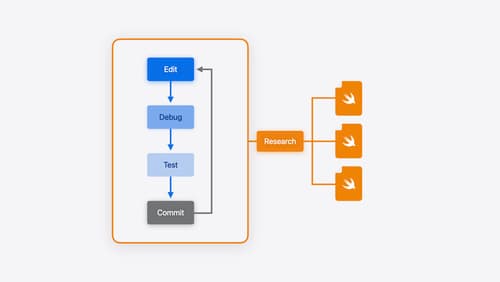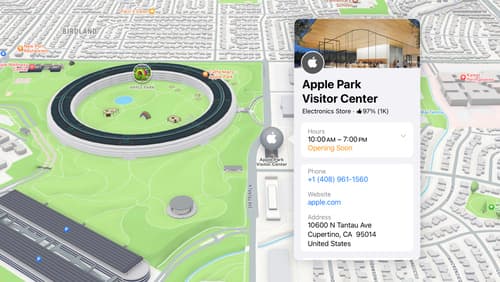How can I look up the bundle seed id of an iOS app at runtime?
Asked on 2024-07-30
1 search
To look up the bundle seed ID of an iOS app at runtime, you can use the mdutil tool as part of your debugging process. Here’s a brief overview of how you can do this:
- Select the App's Target: In Xcode, select your app's target.
- Build the App: Go to the Product menu and select Build.
- Switch to Extension Target: If you are working with an extension, switch to the extension target.
- Attach to Process: From the Debug menu, select Attach to Process.
- Run the Utility Command: Open the Terminal app and run the
mdutiltool. This tool allows you to simulate requests to your bundle ID for debugging purposes.
By following these steps, you can simulate requests to your bundle ID and debug your app effectively. For more detailed information, you can refer to the session Support semantic search with Core Spotlight at the 06:06 mark.

Support semantic search with Core Spotlight
Learn how to provide semantic search results in your app using Core Spotlight. Understand how to make your app’s content available in the user’s private, on-device index so people can search for items using natural language. We’ll also share how to optimize your app’s performance by scheduling indexing activities. To get the most out of this session, we recommend first checking out Core Spotlight documentation on the Apple Developer website.

Xcode essentials
Edit, debug, commit, repeat. Explore the suite of tools in Xcode that help you iterate quickly when developing apps. Discover tips and tricks to help optimize and boost your development workflow.

Unlock the power of places with MapKit
Discover powerful new ways to integrate maps into your apps and websites with MapKit and MapKit JS. Learn how to save and reference unique places using Place ID. Check out improvements to search that make it more efficient to find relevant places. Get introduced to the new Place Card API that lets you display rich information about places so customers can explore destinations right in your app. And, we’ll show you quick ways to embed maps in your website with our simplified token provisioning and Web Embed API.
